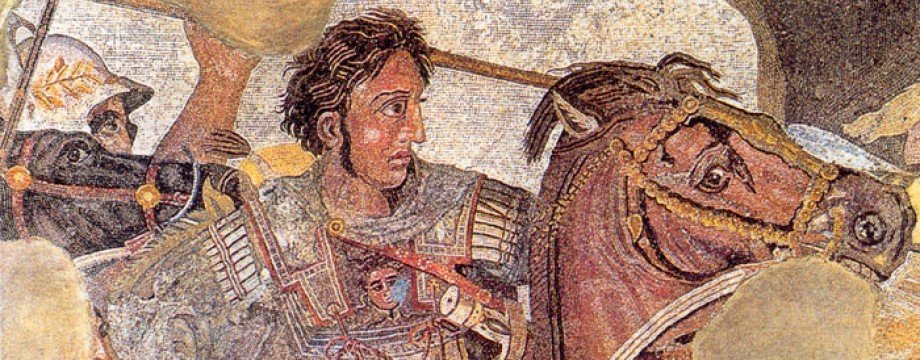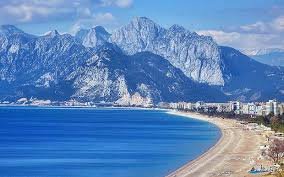In This Chapter
Aspendus and Telmissus Rebel
When Alexander arrived at Aspendus, he found that its inhabitants had deserted the city and taken refuge in its acropolis. Alexander encamped in the empty houses to consider his next move. As it turned out, however, it was made for him. The Aspendians were spooked by the sight of the Macedonian king - ‘they had not expected’ (Arr. I.27.3) him to come in person - and brought Alexander’s deliberations to a halt by offering to surrender on the terms previously agreed.
Alexander could have been forgiven for accepting them for he did not have a strong hand; he ‘could see the defensive strength of the place, and had not come equipped for a long siege’ (Ibid) but on this occasion it did not suit him to grant the Aspendians their request. He demanded hostages as well as horses, a hundred talents instead of fifty, and told the city it would be put under the rule of a satrap and made liable for taxes. The city’s territorial expansion would also be scrutinised - no doubt with a view to reversing it. The Aspendians gave way, and Alexander went on his way.
Why did the Aspendians rebel? I think they were just chancing their arm. They thought that at worst a Macedonian general would march on them but that they would be able to resist him. When Alexander came, though — that was a different matter. Already in his young career he had done enough to make the power of his name sufficient to inflict psychological damage upon his enemies. In the case of the Aspendians that damage was enough to defeat them.
Alexander marched back to Perge. From there he set out for Phrygia. Telmissus lay ahead. He should have found the city open and friendly (See Arr. I.24.4) but before even getting there, he found the road closed to him with the entire Telmissian army standing guard over it.
Alexander made camp. But he didn’t intend to stay put. He guessed that as soon as the Telmissian army saw hat he was doing it would return home. And he was right. The larger part of the army left with only a detachment remaining behind. Alexander immediately raised his lighter armed men and marched on the guards. They quickly gave way, and fled. Alexander took his men through the guard post and camped close by Telmissus.
Chapter 27, then, is a tale of two cities, one of which could have been treated a lot worse but still risked destruction for the sake of its freedom, and the other that actually had Alexander’s friendship but for no obvious reason (according to Arrian), rejected it.
We have already looked at why Aspendus rebelled. I think in the case of Telmissus there must have been opposition to Alexander within the city and this won control prior to his march from Perge. This is the only scenario that makes much sense to me - Alexander had given no reason for any particular city to think that it could rebel against him and get away with it.
Text Used
Hammond, Martin (tr.) Arrian: Alexander the Great (Oxford, OUP, 2013)




